-een / -in
The building blocks of words are called morphemes. So-called derivational morphemes create new words. One of the derivational morphemes in Shaetlan is -een (pron. /in/), which creates nouns (entities) out of verbs (actions):
🔹tae mind ('to remember') > a mindeen ('a memory')
🔹tae big ('to build') > a biggeen ('a building')
🔹tae drookle ('to soak') > a drookleen ('a soaking')
-een comes from Old English -ing/-ung which formed nouns from verbs. In Southern English this form was by the 13C increasingly confused with the form -inde (from OE -ende), which indicates ongoing actions. In Scots the two forms were never confused and ongoing actions are marked with -in (pron. /ən/):
🔹tae mind ('to remember') > [X is] mindin ('[... ] remembering')
🔹tae big ('to build') > [X is] biggin ('[... ] building')
🔹tae drookle ('to soak') > [X is] drooklin ('[... ] soaking')
Because the two endings merged into -ing in StE, the -een and -in words in Shaetlan are sometimes "corrected" to -ing. However, that is historically and linguistically unjustified and uninformed: the two have always been distinct in form and function: -een creates nouns from verbs, while -in indicates ongoing actions.

